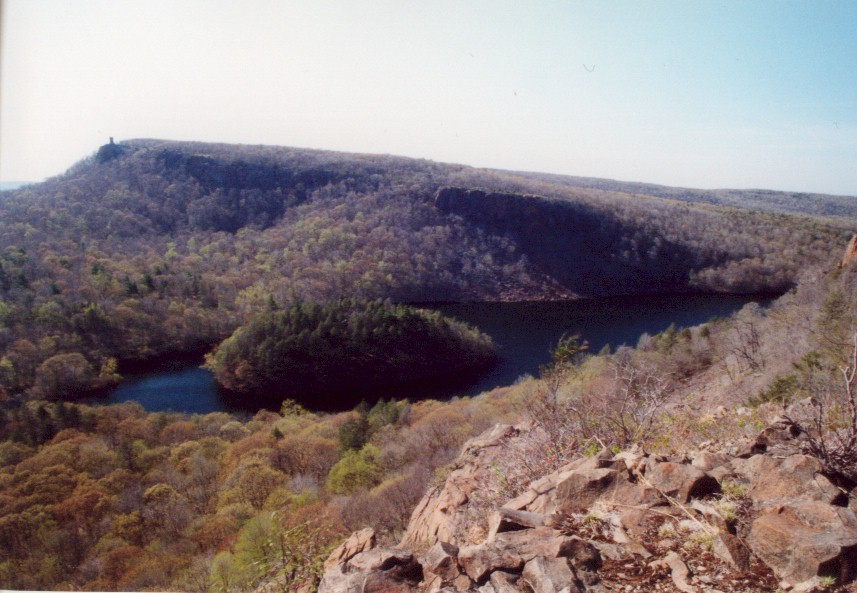
The Berkshires
This range of the Appalachian Mountains in northwestern Connecticut and western Massachusetts is one of the more beautiful areas of fall color in the entire long chain of mountains.(see Trout and Coffee).
Rolling hills and serene beauty make this an escape for a tranquil getaway. Antiques shops, art galleries, historic homes and gardens are dotted throughout the region. B&Bs and romantic inns are perfect places to set the stage for your relaxing stay.
Connecticut – Litchfield Hills
The Northwest Hills are notoriously forested and rocky, with farmland and small towns interspersed in flatter areas. Like the Taconics, the Northwest Hills contain some of the state’s tallest peaks, including Bradford Mountain and Stone Man Mountain.
Tucked in the northwest corner of Connecticut, the Litchfield Hills region is a quintessential New England vacation destination packed with cascading waterfalls, rolling hills, quaint small towns, and stunning fall foliage. The Litchfield Hills region contains over 540 miles of hiking trails, including 47 miles of the infamous Appalachian Trail and 163 miles of the Blue-blazed trails.
Connecticut, PeakVisor
The Berkshires are a highland geologic region located in the western parts of Massachusetts and northwest Connecticut. The term “Berkshires” is normally used by locals in reference to the portion of the Vermont-based Green Mountains that extend south into western Massachusetts; the portion extending further south into northwestern Connecticut is grouped with the Connecticut portion of the Taconic Mountains and referred to as either the Northwest Hills or Litchfield Hills.[1]
Berkshires, Wikipedia
The Hanging Hills

The Hanging Hills of south central Connecticut, United States are a range of mountainous trap rock ridges overlooking the city of Meriden and the Quinnipiac River Valley 900 feet (274 m) below. They are a sub-range of the narrow, linear Metacomet Ridge that extends from Long Island Sound near New Haven, Connecticut, north through the Connecticut River Valley of Massachusetts to the Vermont border. A popular outdoor recreation resource, the range is known for its microclimate ecosystems, rare plant communities, and expansive views from cliffs that rise abruptly over 700 feet (213 m) above the surrounding landscape.[1] The Hanging Hills encompass the 1,800-acre (7.3 km2) Hubbard Park, designed with the help of landscape architect Frederick Law Olmsted.[2] The 51 mile (80k) Metacomet Trail traverses the range.
Hanging Hills, Wikipedia

Located within the towns of Meriden, Southington, and Berlin, the range, roughly horseshoe-shaped with cliff faces oriented south and west, includes, from east to west, Cathole Mountain 515 feet (157 m), South Mountain 767 feet (234 m), East Peak 976 feet (297 m), and West Peak 1,024 feet (312 m). Castle Craig is a small stone tower built in 1900 on East Peak. The Metacomet Ridge extends north from the Hanging Hills as Short Mountain and Ragged Mountain and southeast as Lamentation Mountain.
Hanging Hills, Wikipedia
Taconic Mountains
The South Taconic Range
Taconic Mountains, Wikipedia
Because the Taconic Mountains are geologically related and contiguous with the interior Hudson Highlands well east of the Hudson River Valley, the southern boundary of the Taconics is difficult to define. Some notable South Taconic peaks include Mount Frissell, the south slope of which contains the highest point in Connecticut at 2,379 feet (725 m); Bear Mountain 2,326 feet (709 m), the highest mountain peak in Connecticut; Alander Mountain 2,239 feet (682 m) and Brace Mountain 2,311 feet (704 m), Mount Everett 2,624 feet (800 m), the highest point in the South Taconic subrange and the home of an upland pitch pine and scrub oakbiome; and Mount Fray 1,893 feet (577 m), home of the Catamount Ski Area. Bash Bish Falls, reputedly Massachusetts’ highest waterfall, is located in the South Taconic Range. The Appalachian Trail traverses the eastern escarpment of the range; the 21.3-mile (34.3 km) South Taconic Trail traverses the western escarpment.

